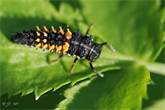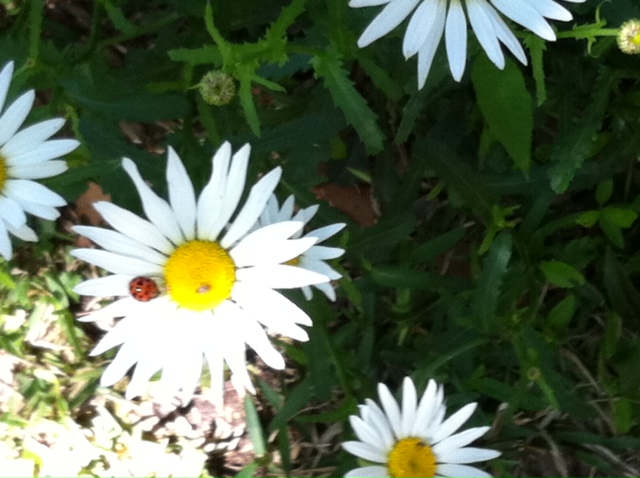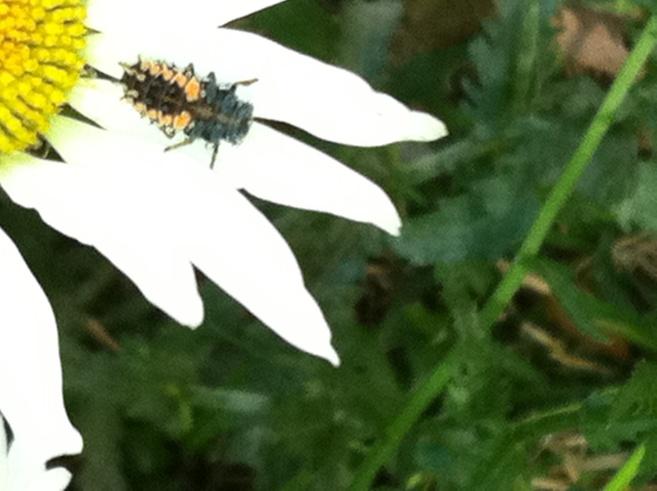Ladybugs (Coccinellidae)
By
Sara Cornett, Master Naturalist, Indian Trail Chapter
Who doesn’t love a ladybug in their garden? In the USA, the name ladybird was popularly Americanized to ladybug, although these insects are beetles (Coleoptera), not bugs (Hemiptera). Ladybugs are favored by farmers as voracious pest eaters (such as aphids). Their distinctive spots and attractive colors are meant to make them unappealing to predators. They can secrete a fluid from the legs which give them a foul taste. Ladybugs come out in early spring and begin feeding and lying eggs right way. One ladybug can lay up to 1,000 eggs over a 3-month period.
How about a baby ladybug? When the young ladybugs emerge from the eggs as nymphs, they do not look anything like they do as adults. A ladybug nymph resembles a tiny black alligator and is about 1/2 the length of an adult with red, orange or white markings. Their appearance can be alarming and some may be tempted to spray with an insecticide. Don’t do it. These hungry babies begin feeding immediately. One ladybug nymph will eat about 400 aphids during the 3 weeks before it pupates. By the end of their 3- to 6-week life cycle, the ladybug may eat up to 5,000 aphids.

Fast Facts:
Type – bug
Diet – omnivore
Average life span – 3 to 6 weeks
Size – 0.3 to 0.4 inches (8 to 10 mm)
While aphids are the favorite foods of ladybugs, they will also prey on other garden pests if no aphids are available. So don’t panic when you see these tiny prehistoric looking creatures on your plants. They are definitely the good bugs!
Do you think nature should be part of our everyday life, not just somewhere to go on the weekends? You are invited to attend our free, open-to-the-public, monthly program on the fourth Monday of the month at 7 pm at the Red Oak Library, 200 Lakeview Pkwy, Red Oak, TX. For more information on the Indian Trail Master Naturalist Chapter, contact the Texas A&M AgriLife Extension Service at 972-825-5175 or visit our website: http://txmn.org/indiantrail/.




